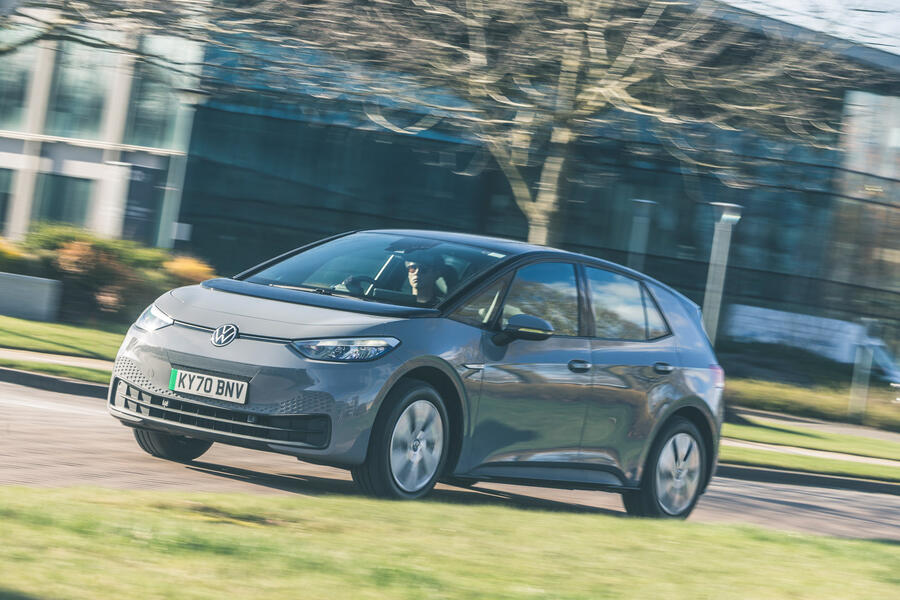Ralf Brandstätter is a Volkswagen Group lifer. He joined the firm 28 years ago, working his way up the management ranks in relatively low-profile purchasing and procurement roles. So when he was named the new CEO of the Volkswagen brand in June last year, especially with reports that his predecessor Herbert Diess – who remains Volkswagen Group CEO and Volkswagen brand chairman – was shuffled out of the role in an internal power struggle, it seemed Brandstätter’s mission was to maintain the status quo.
After all, even with his appointment coming in the middle of a global pandemic, Brandstätter took on the top job in Wolfsburg in a far better position than his predecessors. Matthias Müller had to steer the brand through the immediate fallout of Dieselgate, before Diess oversaw the development and launch of the MEB EV platform and ID family.
The first ID cars are now on the road, sales and profits are strong and Volkswagen is weathering the Covid-19 storm with remarkable resilience.
So with Diess leading the group’s shift to electrification, it seems that all Brandstätter really needs to do is steer a steady course and keep the proverbial tanker pointed in its current direction. Except he’s actually charting a bold new course – while simultaneously trying to switch the powertrain of the tanker. He’s moving beyond turning Volkswagen from a brand that sells mostly ICE cars to mostly electric ones (which changing laws will soon force all brands to do anyway). Under the new Accelerate strategy, Brandstätter is working to make Volkswagen carbon-neutral, reinvent its production network, fundamentally change its business model and develop a new generation of electric, connected and autonomous cars. He even wants to turn Volkswagen from a car maker into a software development company.

“The real disruption is still coming,” he says. “If you believe with electric cars alone we’ve arrived in the future already, you’re wrong. Digitalisation is the key. The car is now a software-driven product.”




















Join the debate
Add your comment
Going from manuals to auto's and then from ICE to Electric removes a lot of interaction with the car, and I agree that it's harder to get exicted by a particular model these days. That's a trend that's going to continue - remember when road tests were all about the clutch, gearchange and how the engine worked accross the rev range - all gone.
I reckon VW's biggest rival is Hyundai over the next 10 to 15 years, they nailed it with the Ioniq 5.
I certainly identify with Gavsmit; I have felt my passion for cars waning seriously over the last couple of years, to the point where I am really considering cancelling my Autocar subscription. It's not Autocar's fault, but when it seems that all there is to write about is overpriced, oversized, ugly, mostly German SUVs (whether ICE powered or electric) and off-putting and unnecessary (in my opinion) electronics in every other type of car, I sometimes find it hard to glean much interesting reading. I expect I shall buy it on an ad-hoc basis, when such reading promises to be of a more satisfactory length. I think classic cars is where my main interest lies now - I wish there were a weekly magazine that would cater for this, most are monthly.
My decreasing interest in modern cars, after being a passionate car enthusiast since a small child, is fully justified by this depressing article.
Cars are becoming white goods appliances, not something to be enthusiatic about.
And things have got really bad when someone says that they will still provide emotional appeal in the shape of a blandly styled SUV!
Surely someone can make an EV to appeal to the heart without it costing ludicrous money, and not have to cram it full of bug-ridden software / gadgets / driver 'aids' ?